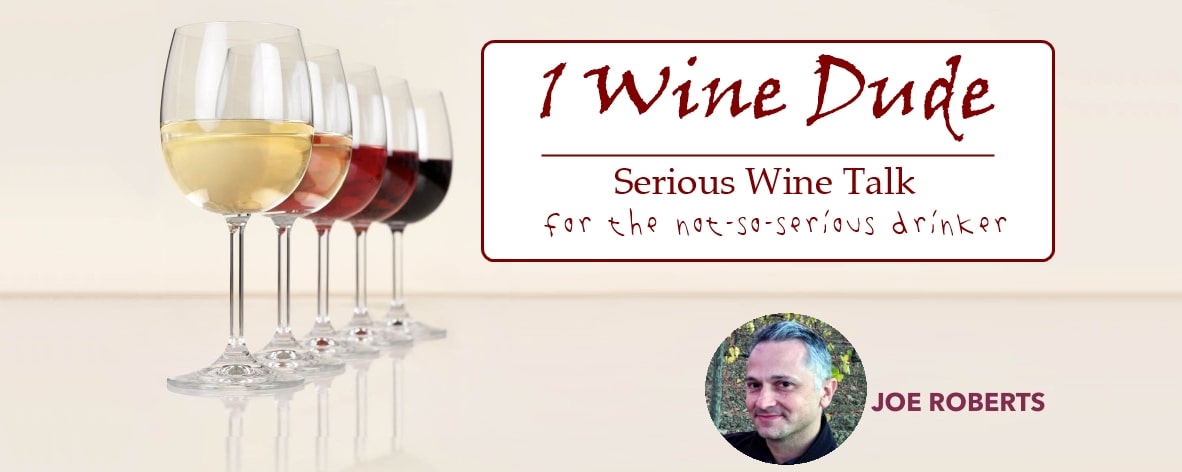As sunny California is still reeling from having to accept that the Philadelphia Eagles are conclusively, unarguably the greatest team in the NFL at the moment, even more bad news has hit the state’s wine industry—and, by extension, the USA’s wine industry (which California production volume dominates almost as much as the Birds dominated the Kansas City Chiefs in Superbowl LIX).
Silver Oak’s Twomey abruptly shuttered two of its tasting rooms, while nearly fifty-year-old winery Newton announced that it was closing down permanently. All of this comes in the wake of a global demand lull for wine at nearly every price-point. Just as it went for KC after its ill-fated pick-6 throw against the Eagles in the most recent Superbowl, things just got worse for CA wine from there.
Decanter has just reported on the Unified Wine & Grape Symposium’s State of the Industry address, and there are some tidbits in that presentation that look nearly as grim as KC’s total production of just 23 yards against the Eagles’ defense in the first half of the Superbowl (and no, I am NOT going to let up on the SB references).
During the address, Allied’s President Jeff Bitter gave the sobering assessment that California’s vineyards are over-planted versus wine demand by as much as 50,000 acres (20,000 hectares, or about 78 square miles). OUCH.
But wait, it gets even worse. Worse than Philly’s perfectly-executed “dagger” touchdown that put them up 33-0 during Superbowl LIX (which, if I have not made it clear yet, the Eagles won in commanding fashion, utterly devastating their opponent).
From Decanter:
Bitter acknowledged that if 20,000 ha were indeed removed last year, it would not have single-handedly corrected the market, as total US wine shipments declined by 4.2% in 2024, according to Wine Business Analytics… ‘We’re in a situation where we’re over-planted for the market capacity that we have, and the end-of-the-line result is that some people have to get out of the business,’ said Bitter… ‘We need to address the issues related to the demand side of the business, as we can only correct ourselves into balance for so long.’
The wine industry in the USA has utterly failed to prepare for the market headwinds of a changing consumer base that we predicted and that we could see coming for almost a decade. Real business will close, real people will lose real jobs and will really suffer, and the saddest part is that much of it could have been prevented.
The industry, alas, has no one to blame but itself.
Cheers!




It’s “their” not “there.”
Thanks! Dear lord, I hate auto-correct…
This is one of the best sports-wine commentaries ever written!
Hum, you seem to leave out the growth of imported bulk and bottled wines from less than 15% production to nearly 45% of production in the past 11 years. This isn’t the consumer. It’s the large producers outsourcing growing grapes.
I’ll agree consumers are choosing a more diverse product offering (me too). However, imports are truly the more significant factor. If the same thing was happening to soybeans or corn the Midwest would be burning down Congress. The fact that “it’s only grapes” seems to miss the economic damage.
That’s an excellent point; the way I understood the address was that CA still needs to reduce vineyard acres even after reducing bulk imports, but maybe I got that wrong?
California has been both pulling marginal vineyards, and not replanting aging vineyards. However, it’s not at a rapid enough rate. It’s the double whammy of shifting demands and cut-throat imports. It’s funny that the foreign producers aren’t making money also. Seems only big importers and domestic wholesalers are making money.
Plenty of pain to go around in this particular market decline.
Fun analogy to the SB, but just as transient as the game was. If you look at the long-term (10-yr) trends, wine consumption isn’t too bad …but the year-over-year comparisons are awful. That’s because of pretty wild fluctuations over the pandemic and related $$. This is an Ag biz, and will go up/down on a multi year basis.
That said – we do have a number of poor consumer trends as well as a decaying premium consumer base (boomers, of course – and I chose the decaying intentionally). The entry wines suck – and (as many have shared), younger consumers are the key to future demand.
“Decaying”… That’s a savage take. I approve!
The larger point is that the poor consumer trends were mostly (notable exception being the growing abstinence movement) identified several years ago, but almost nothing was done despite the warnings. Sure, on a long enough timescale wine remains important (how many thousands of years has it been with us, after all?) but that is small beer I suppose to the companies that will not be able to weather the current storm.